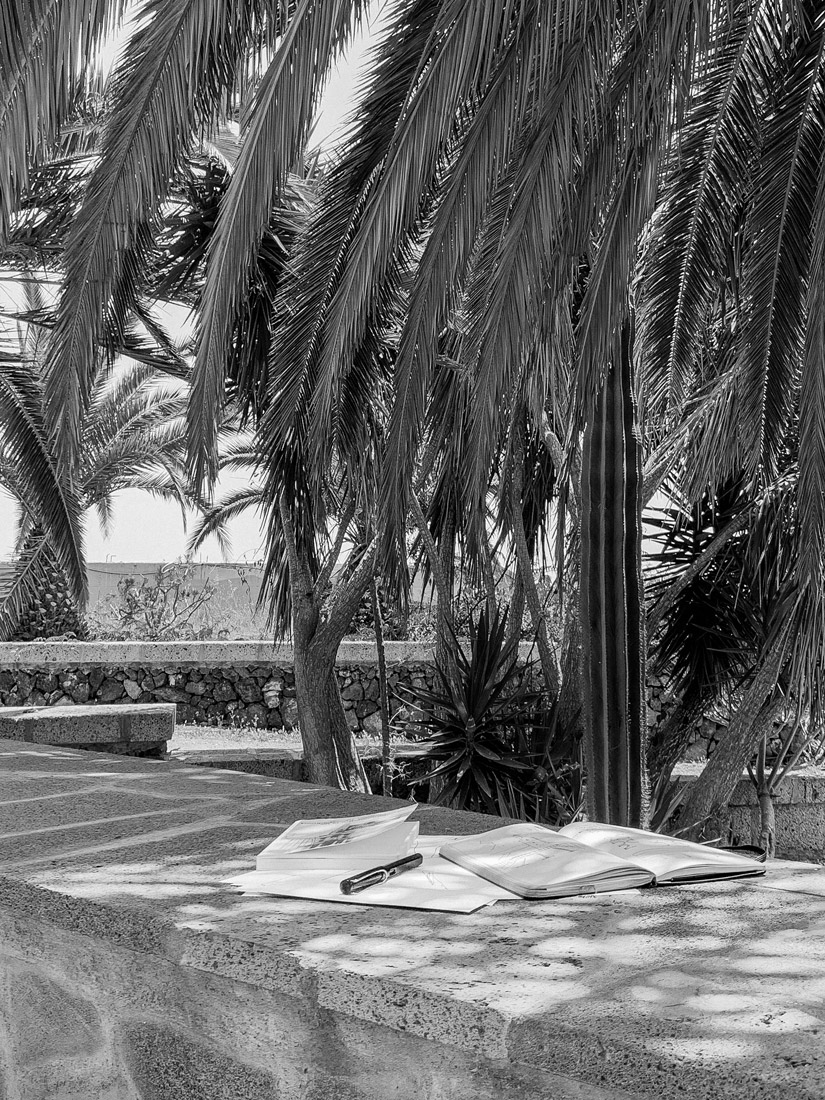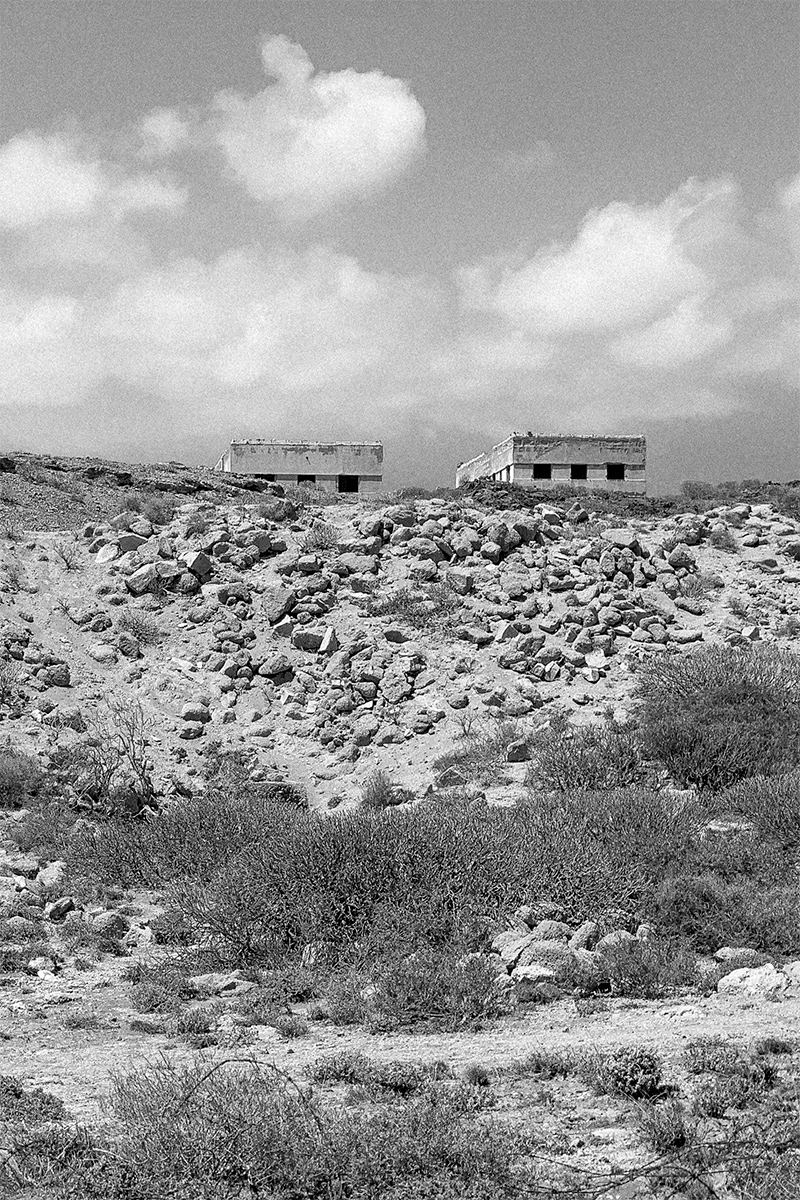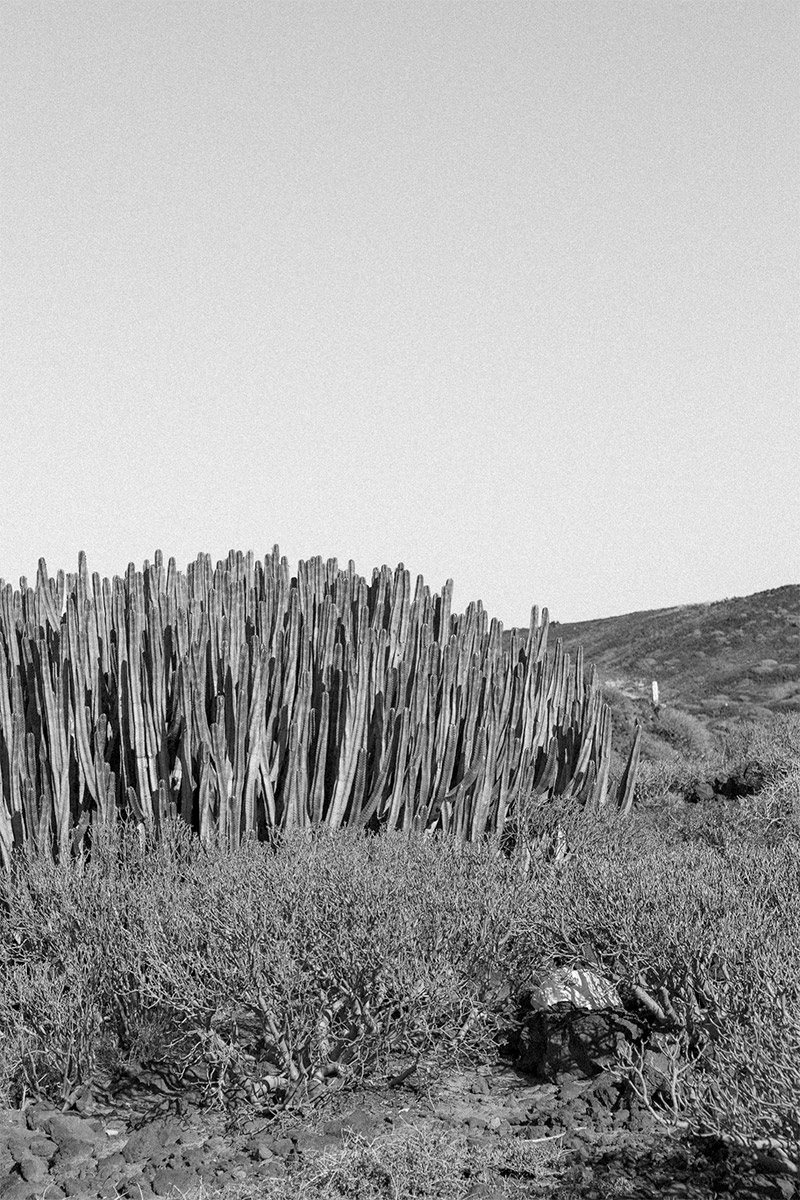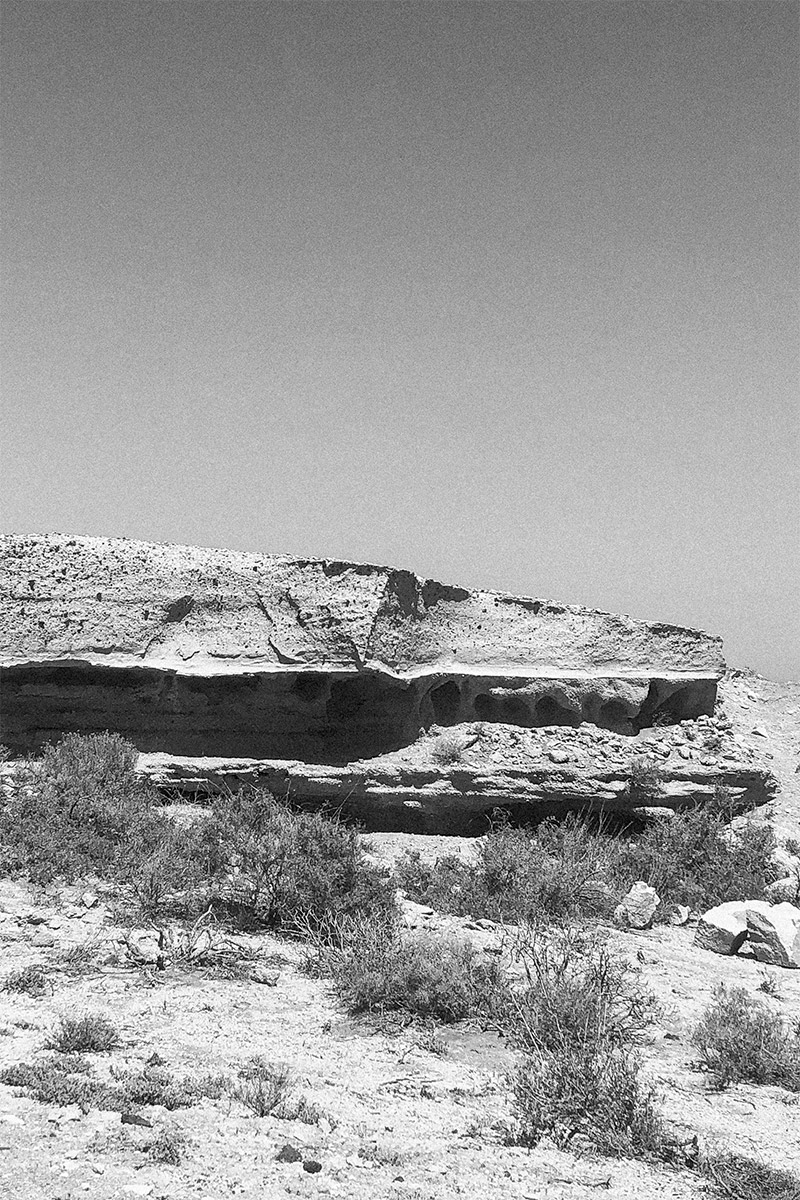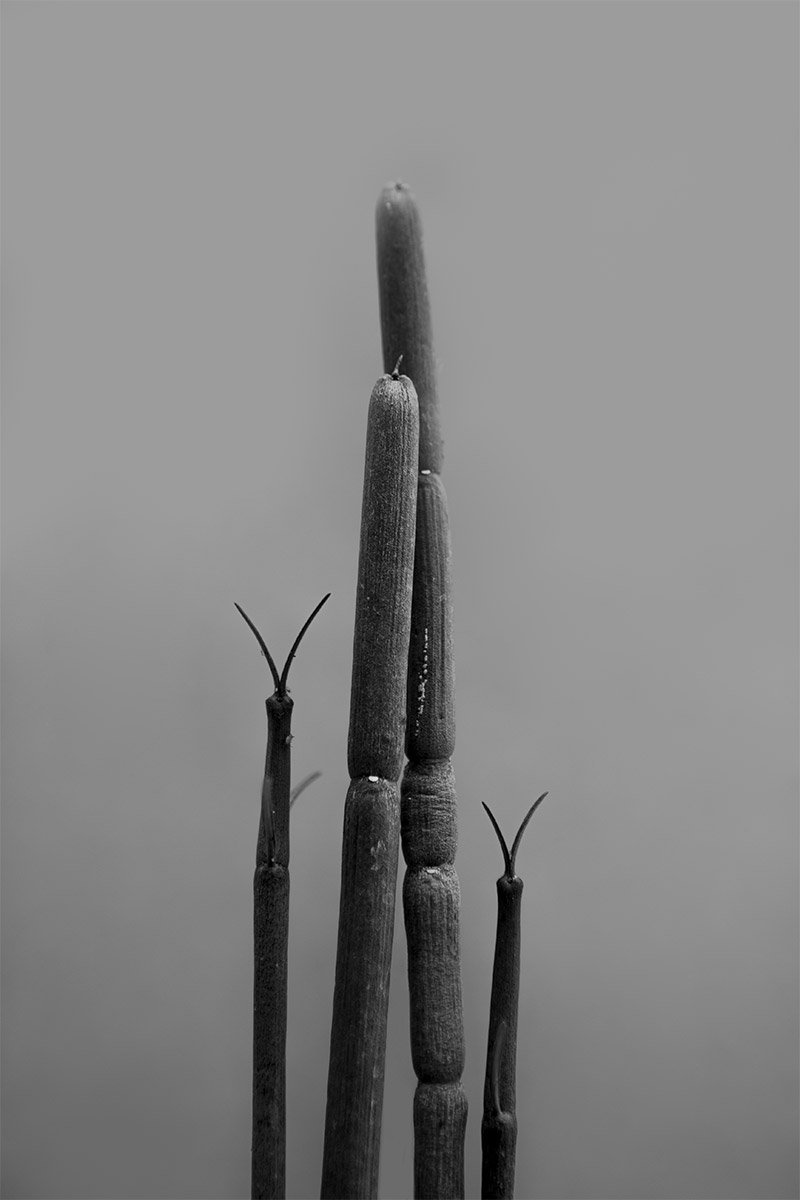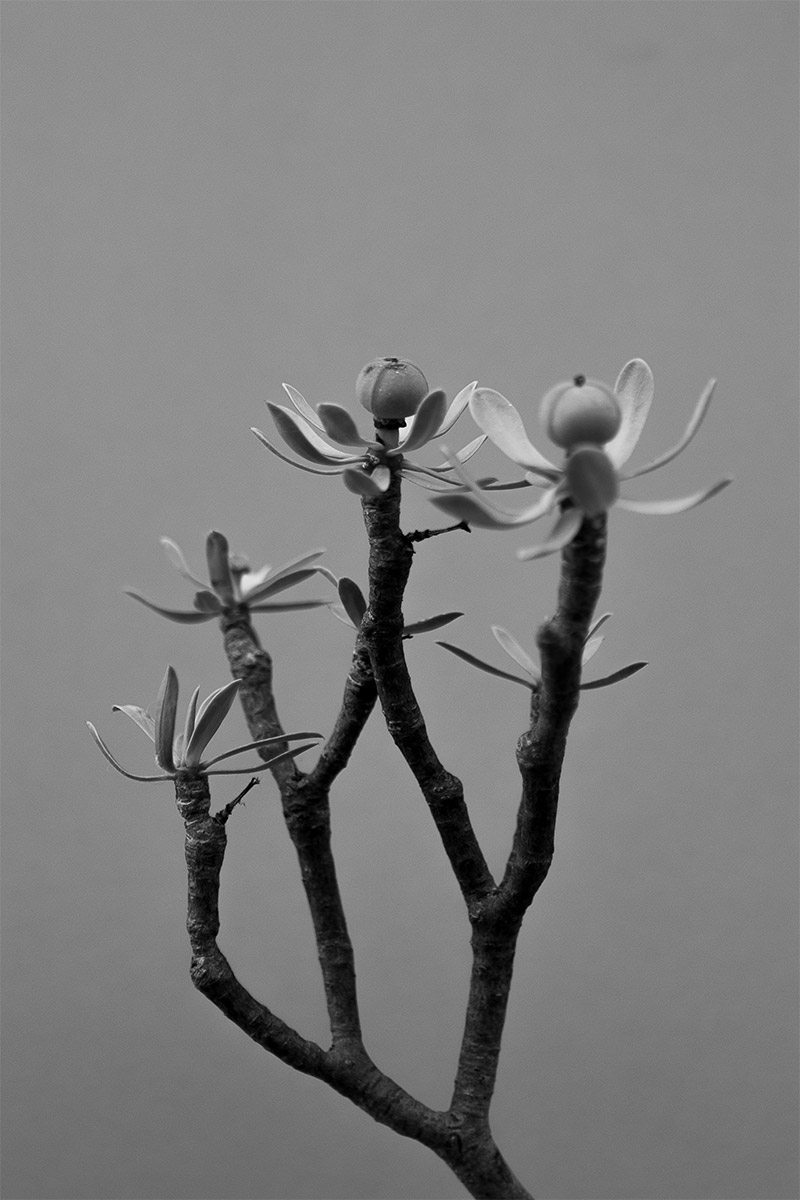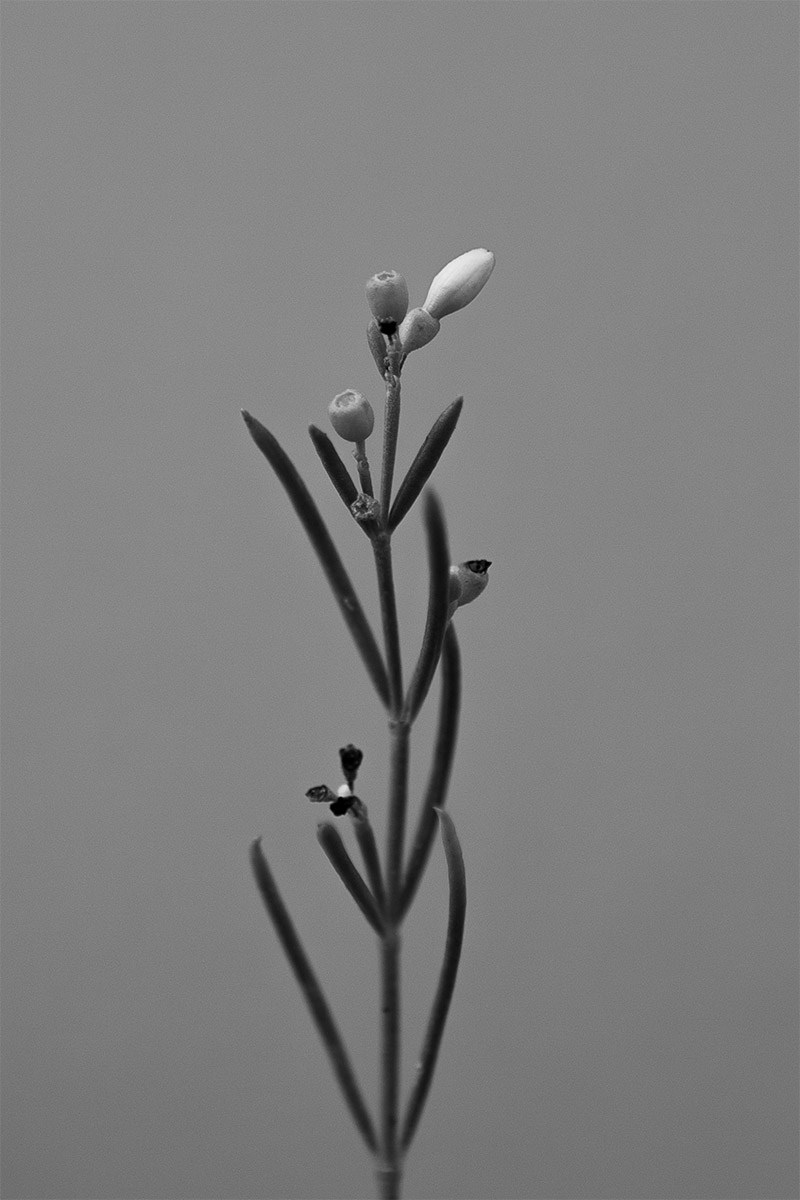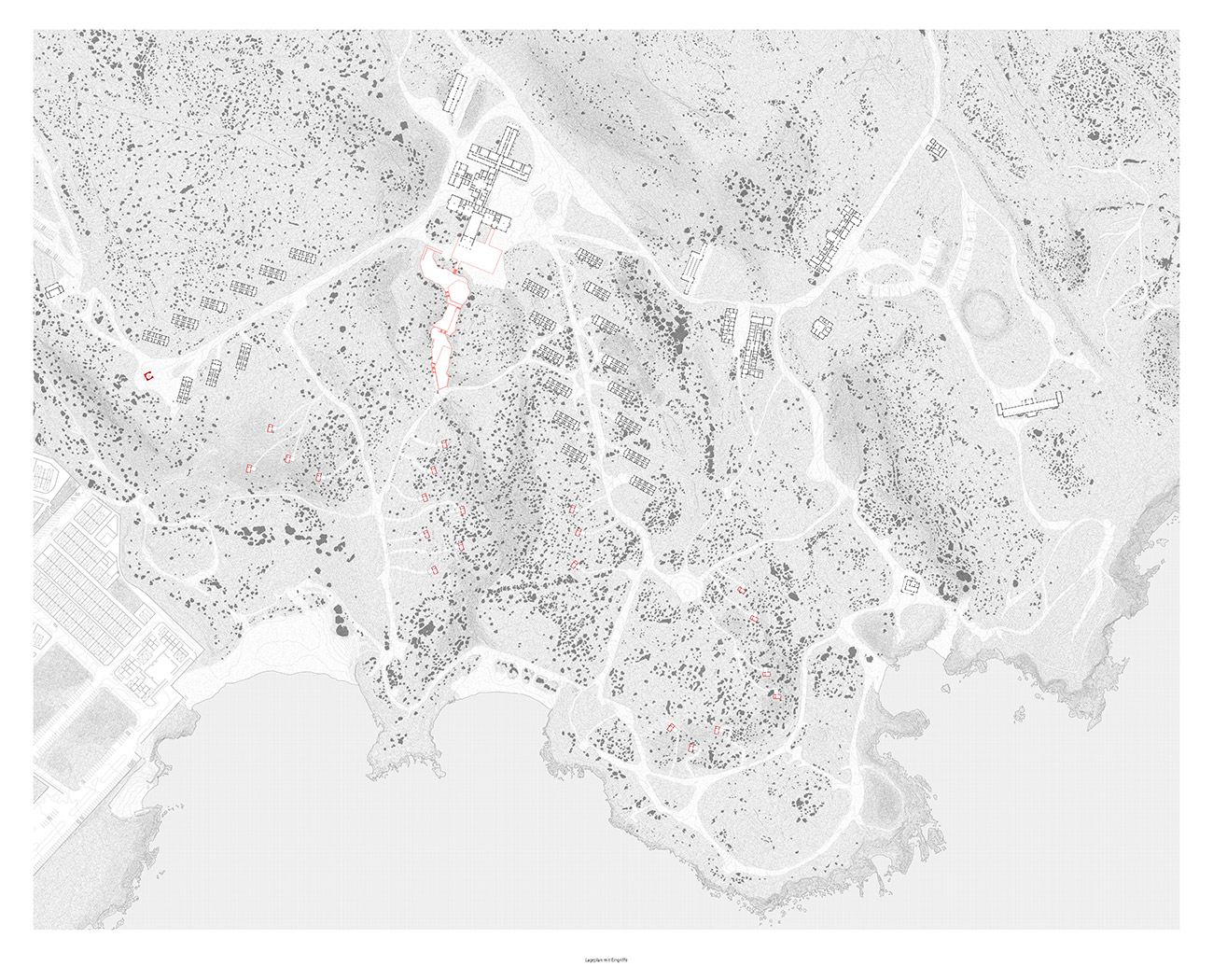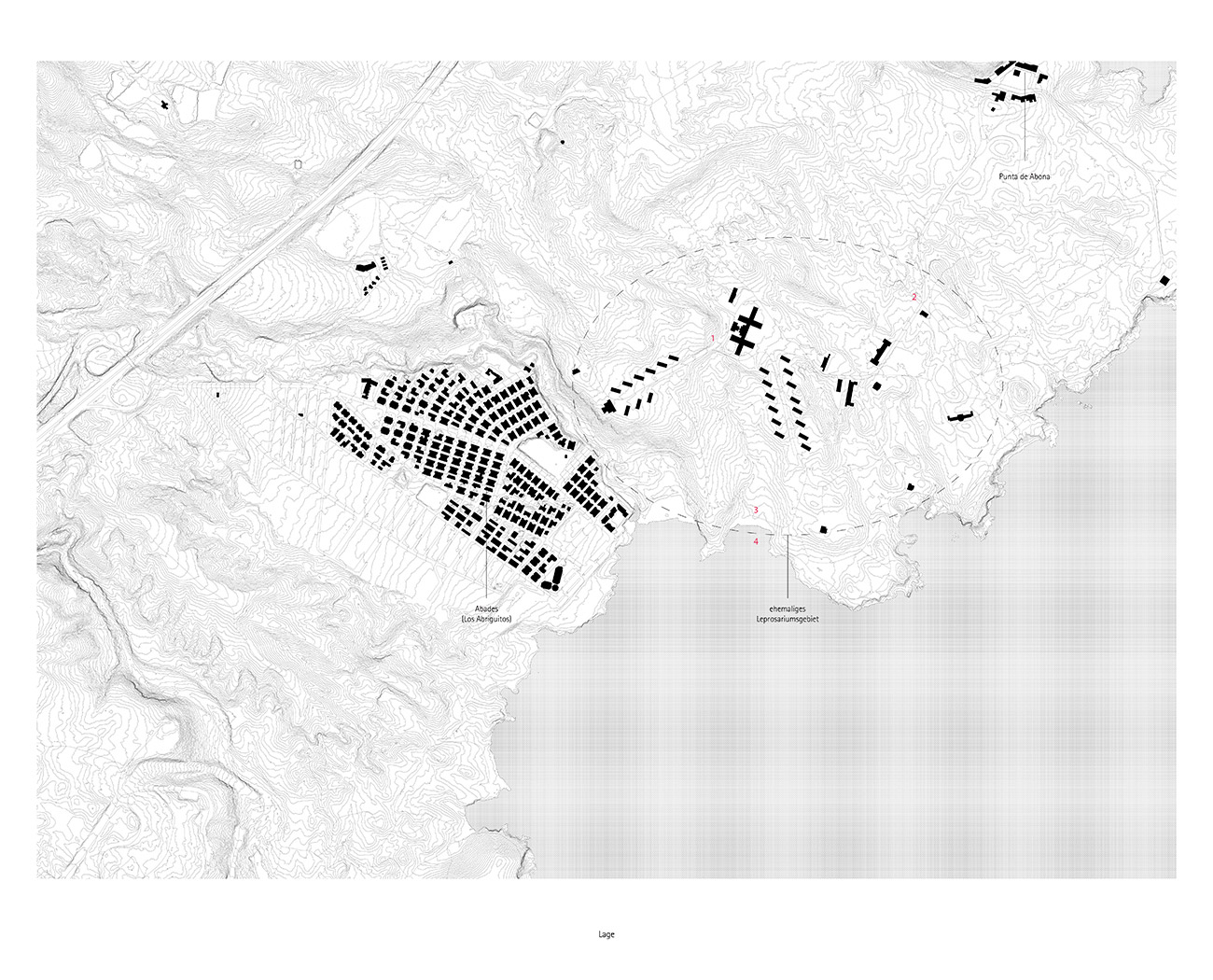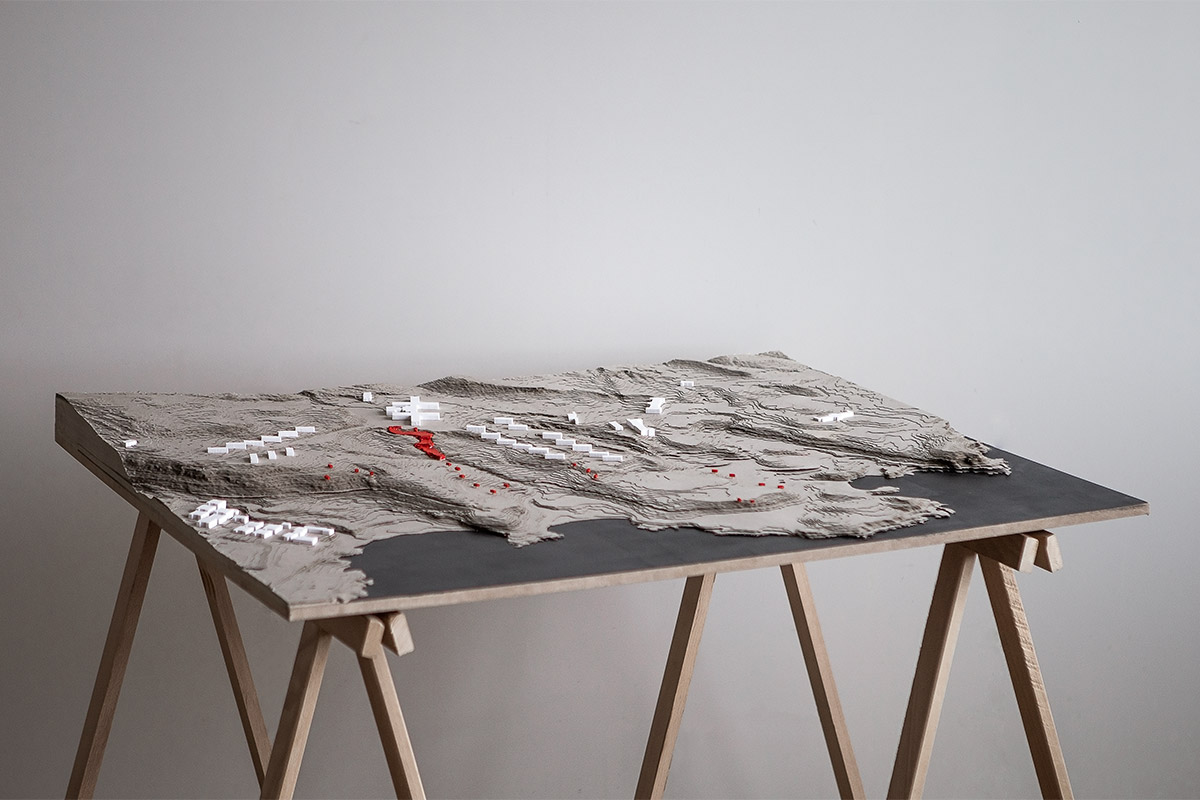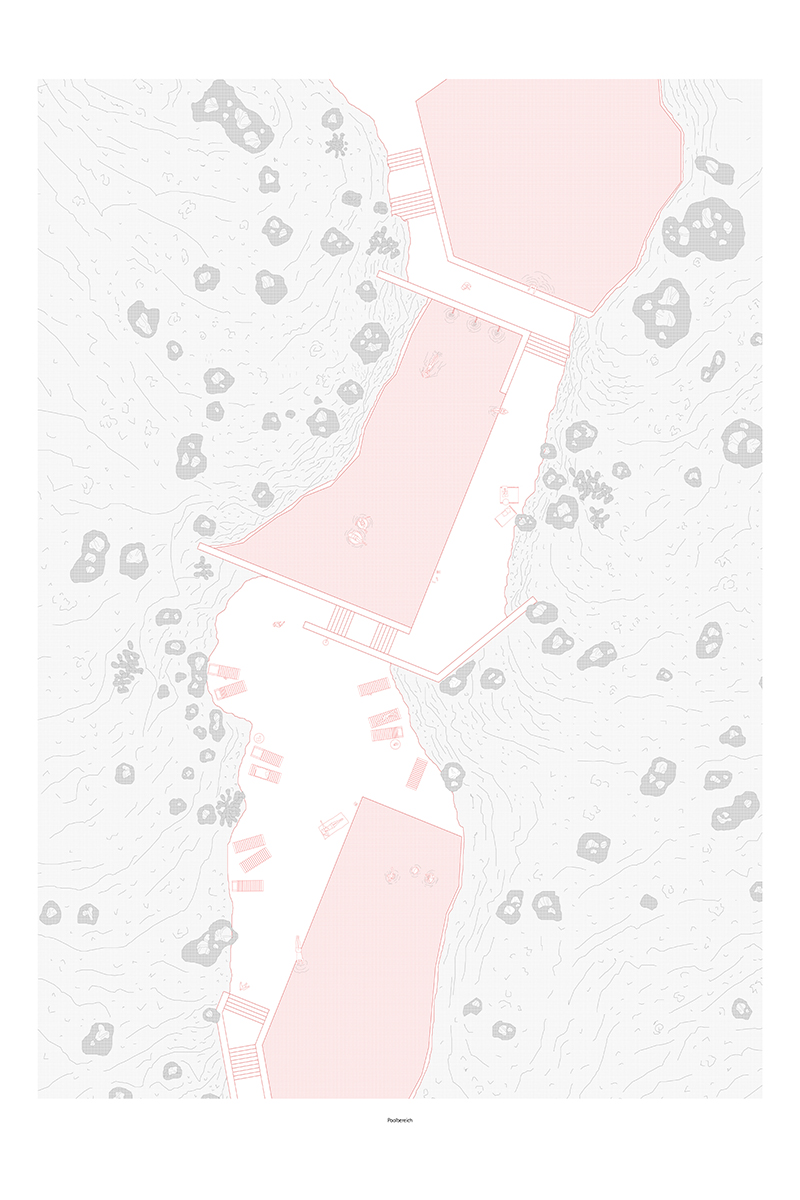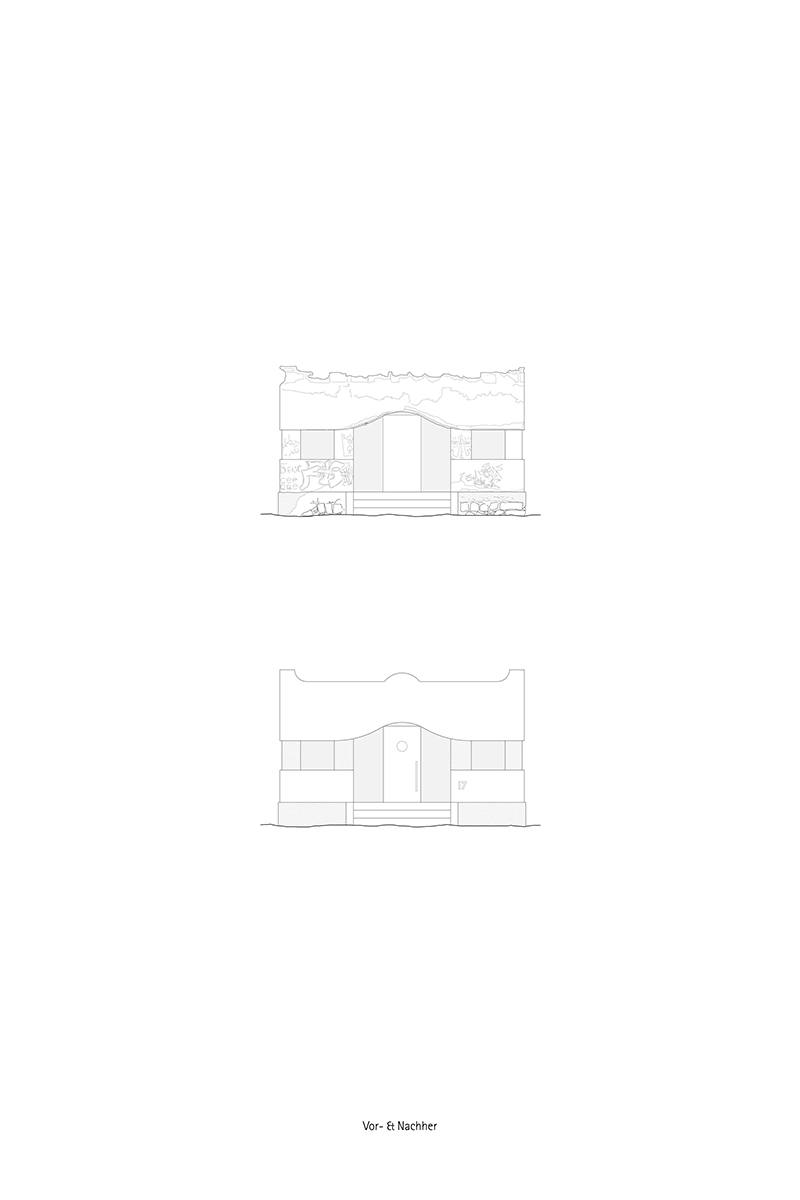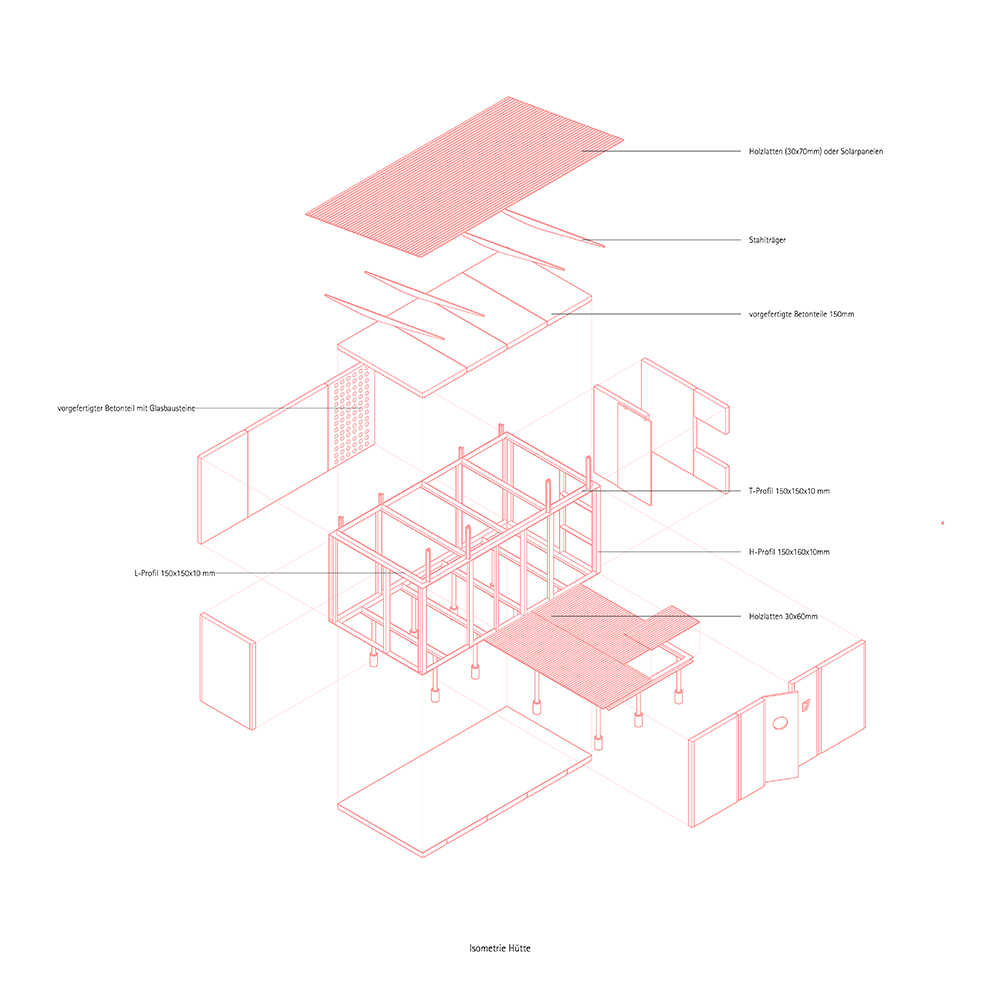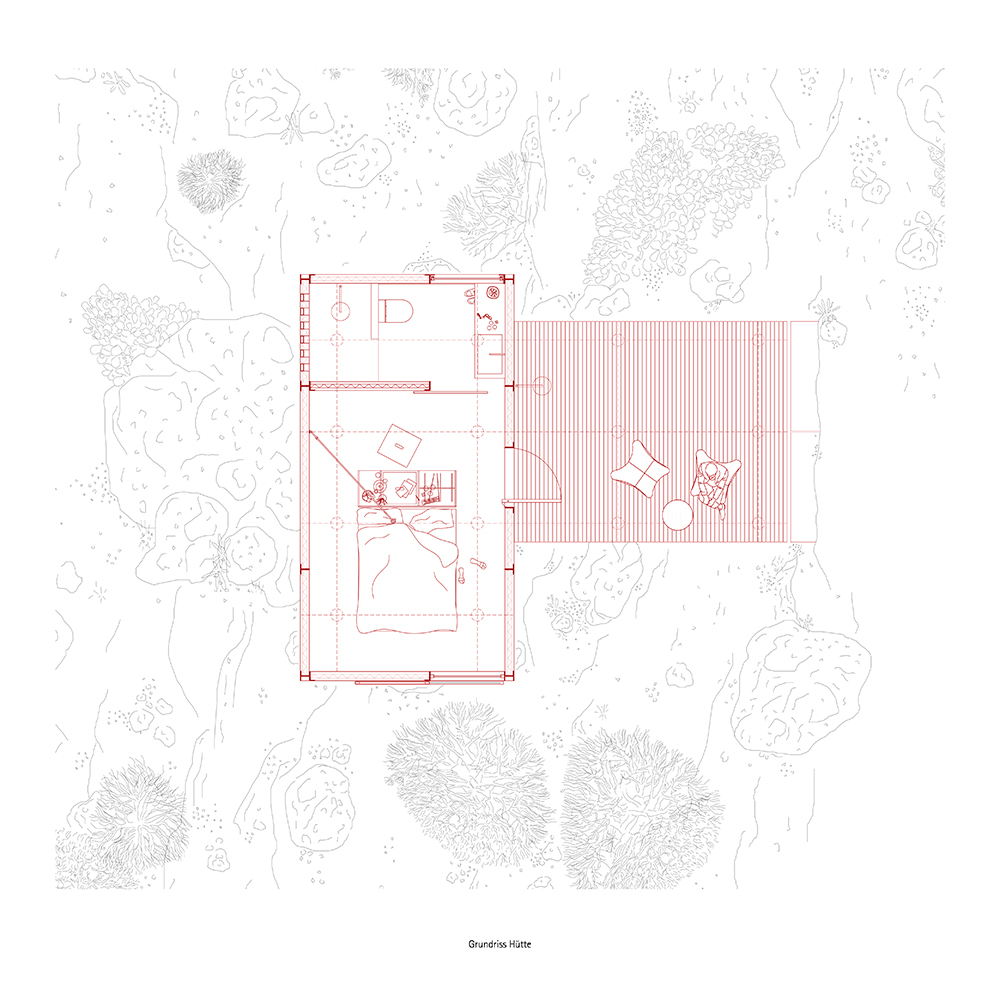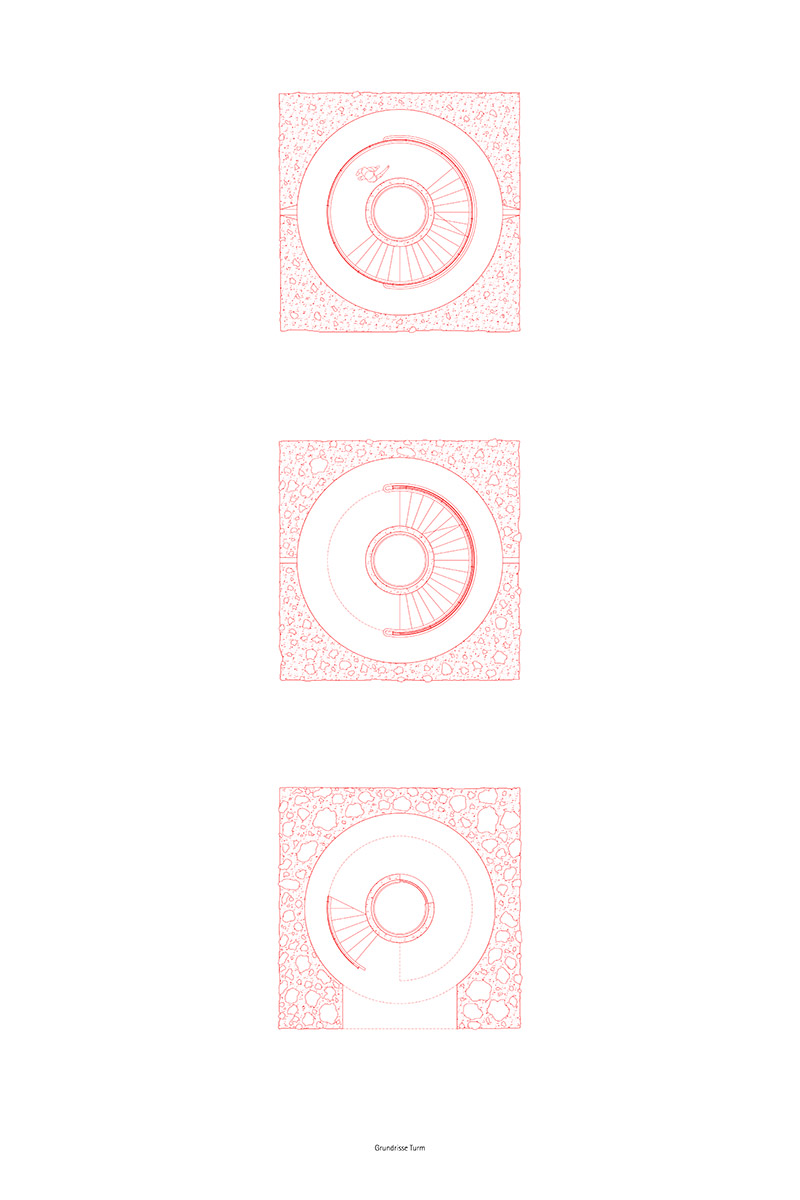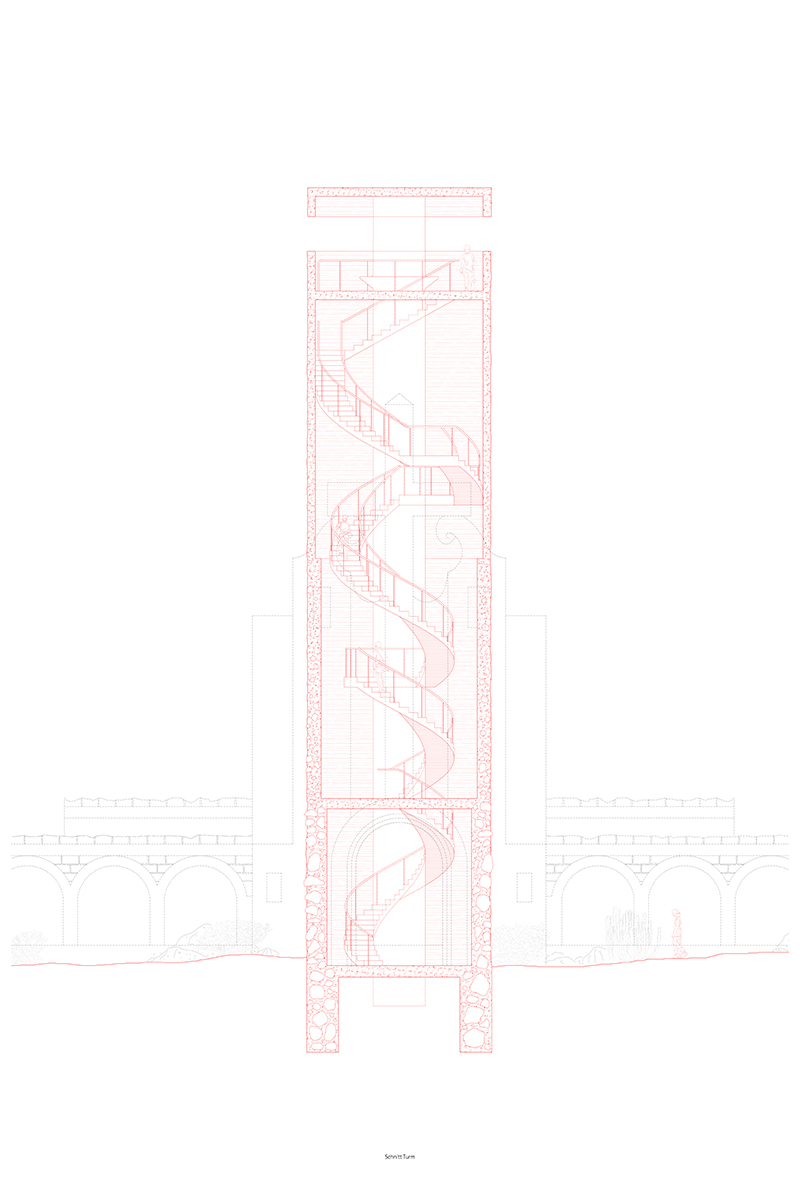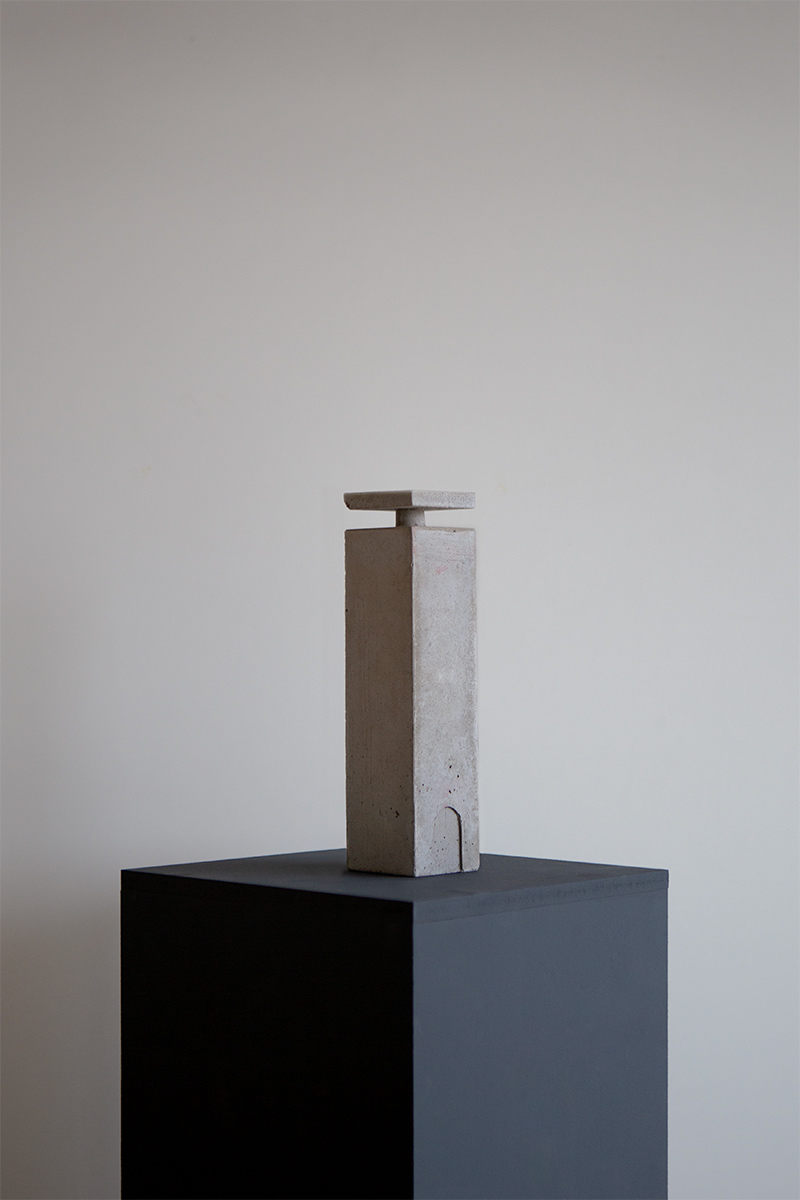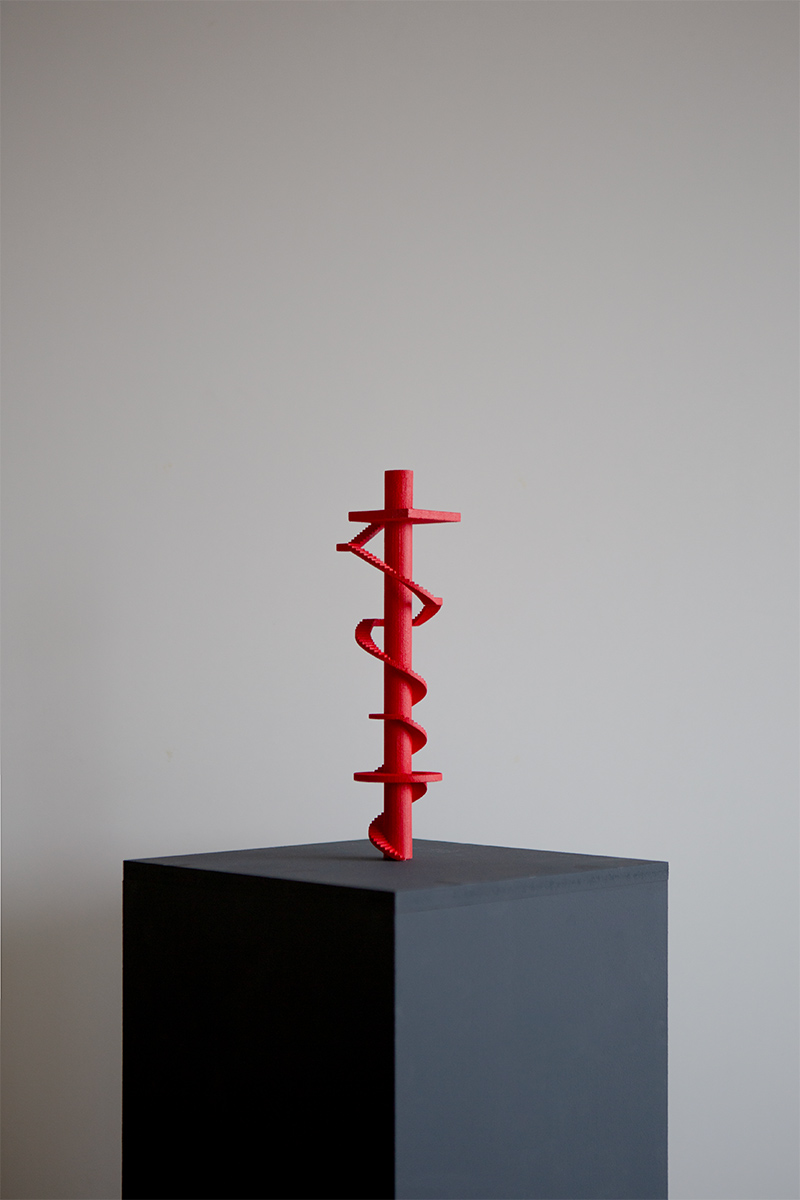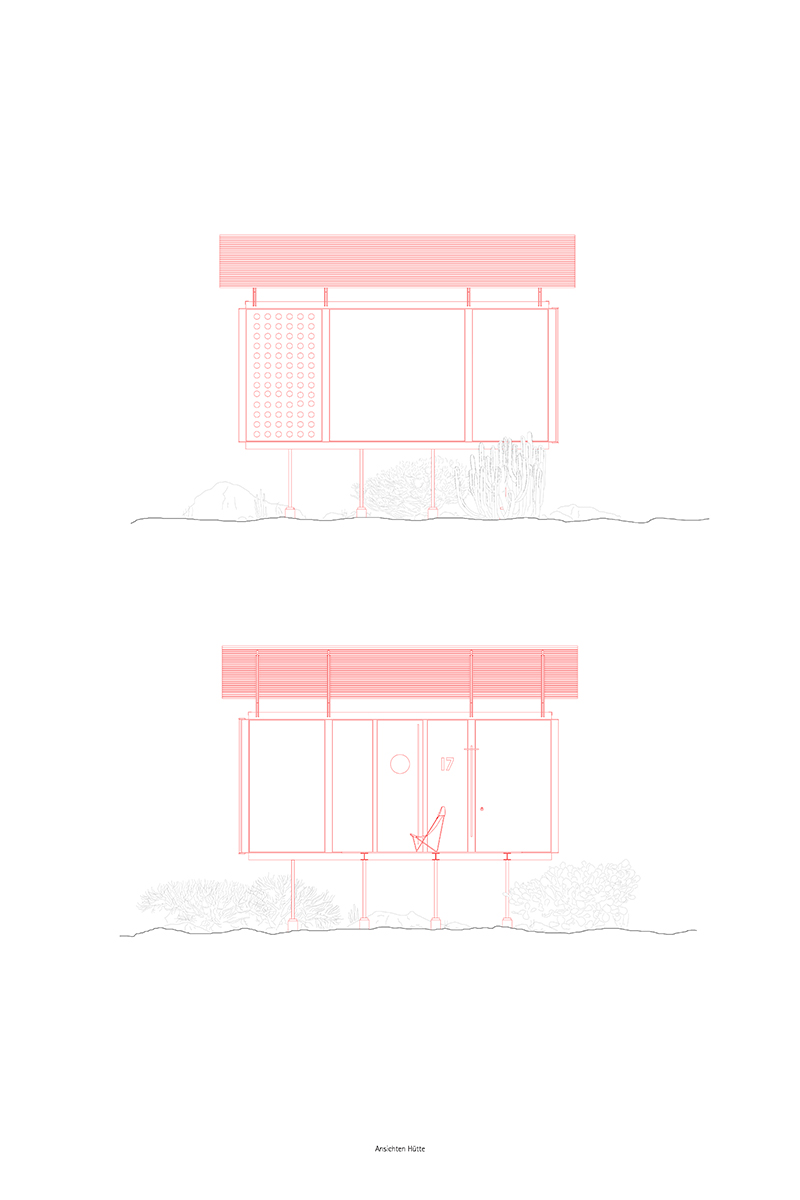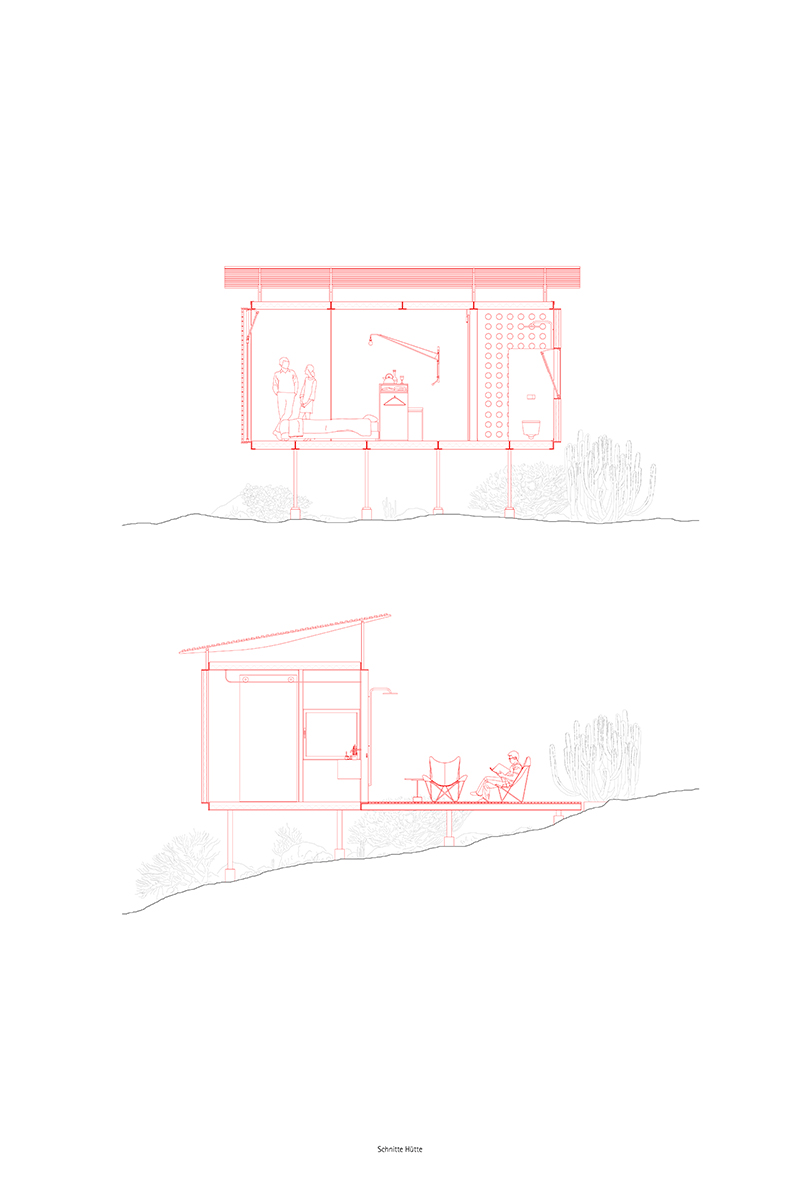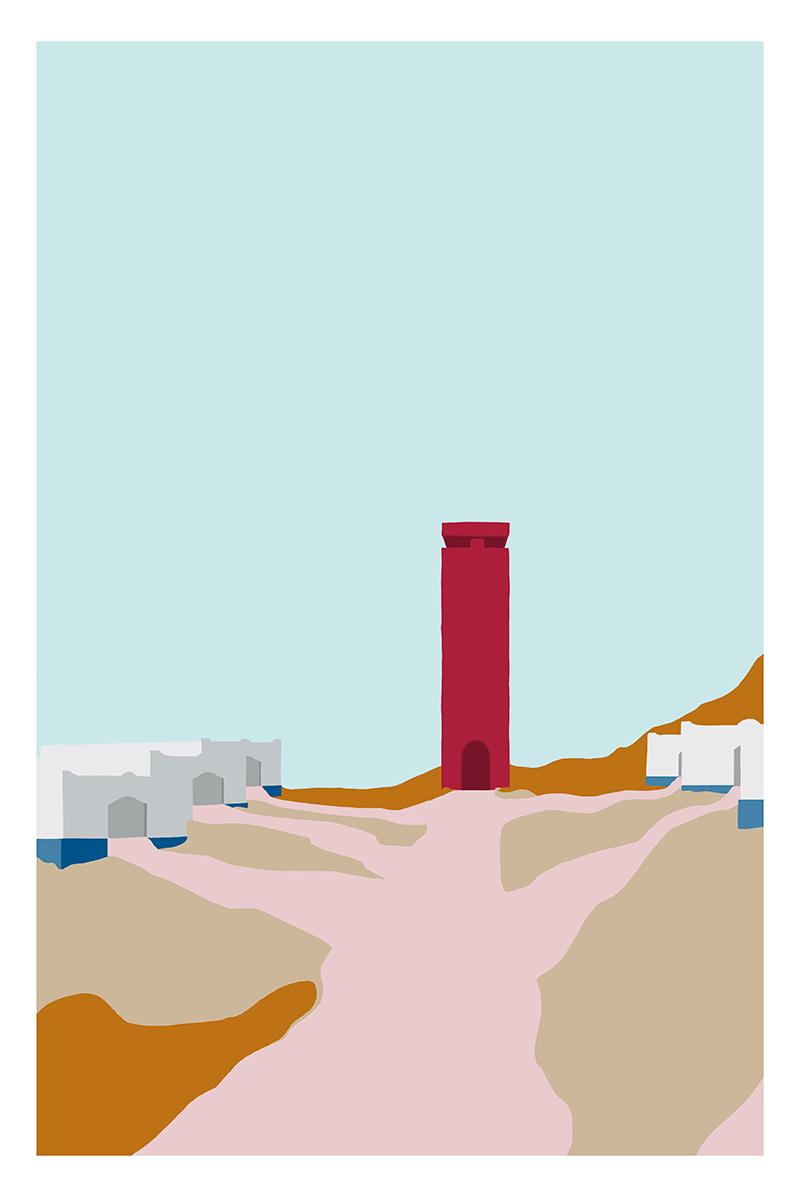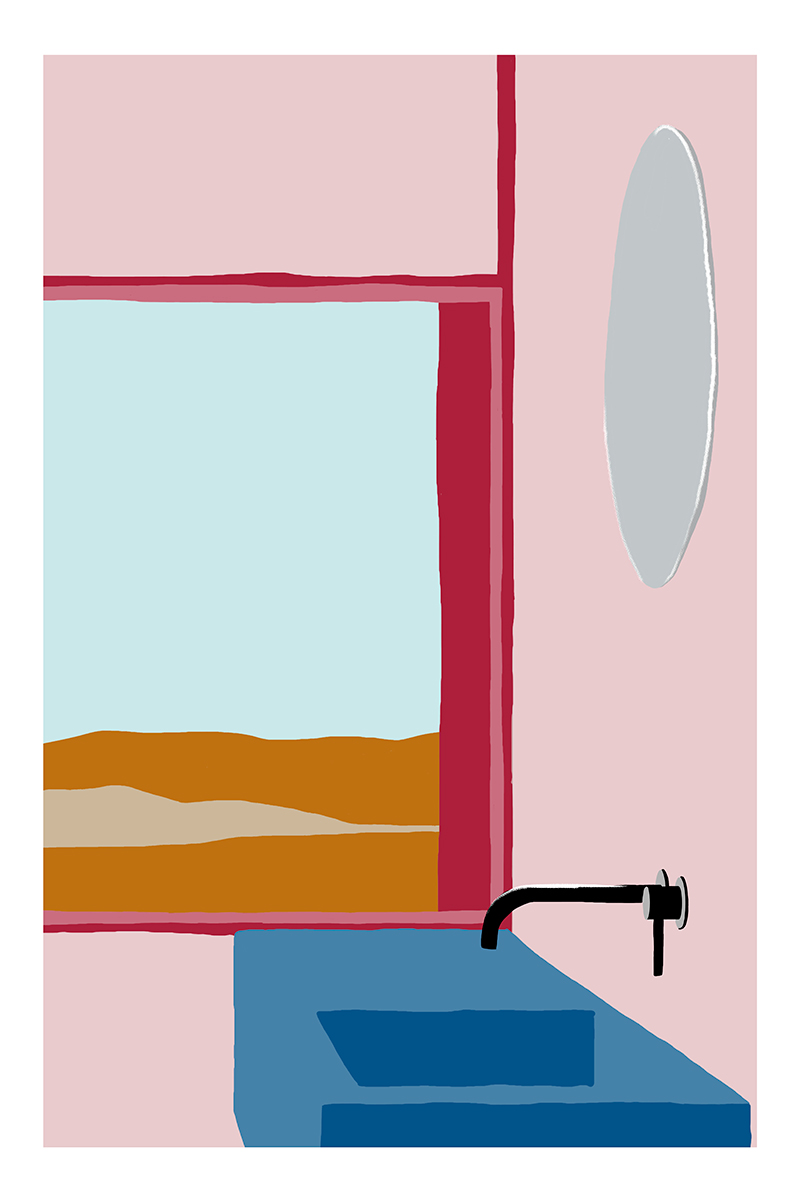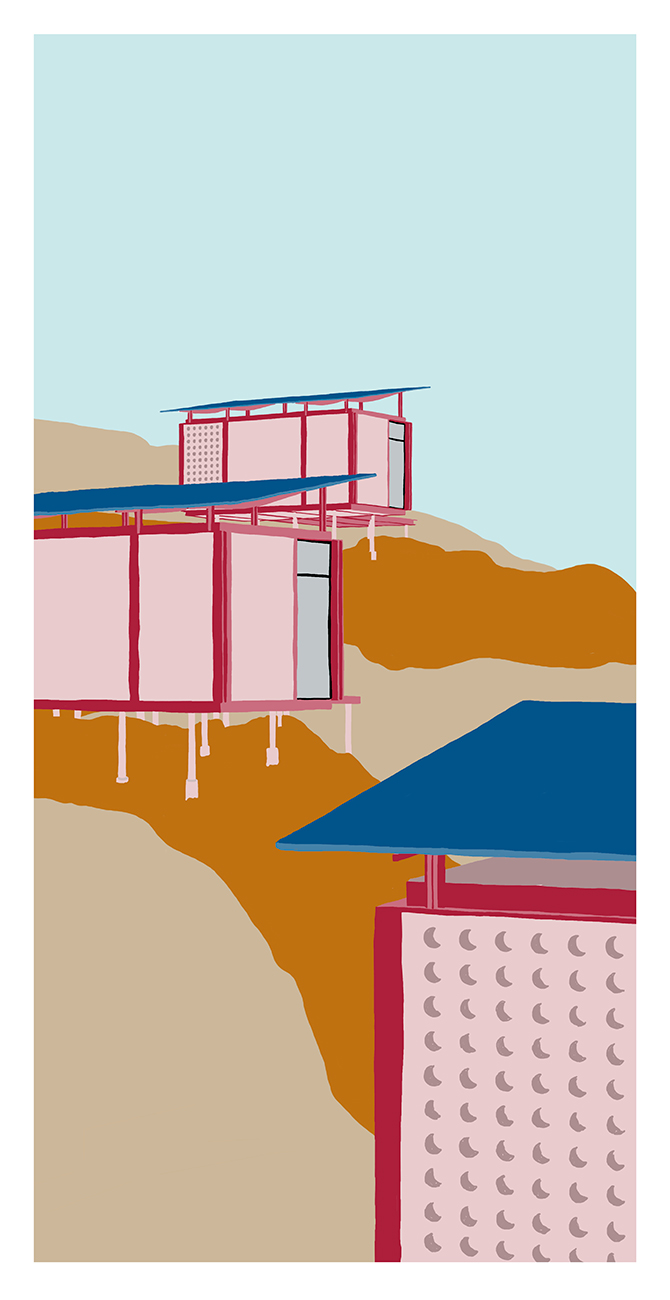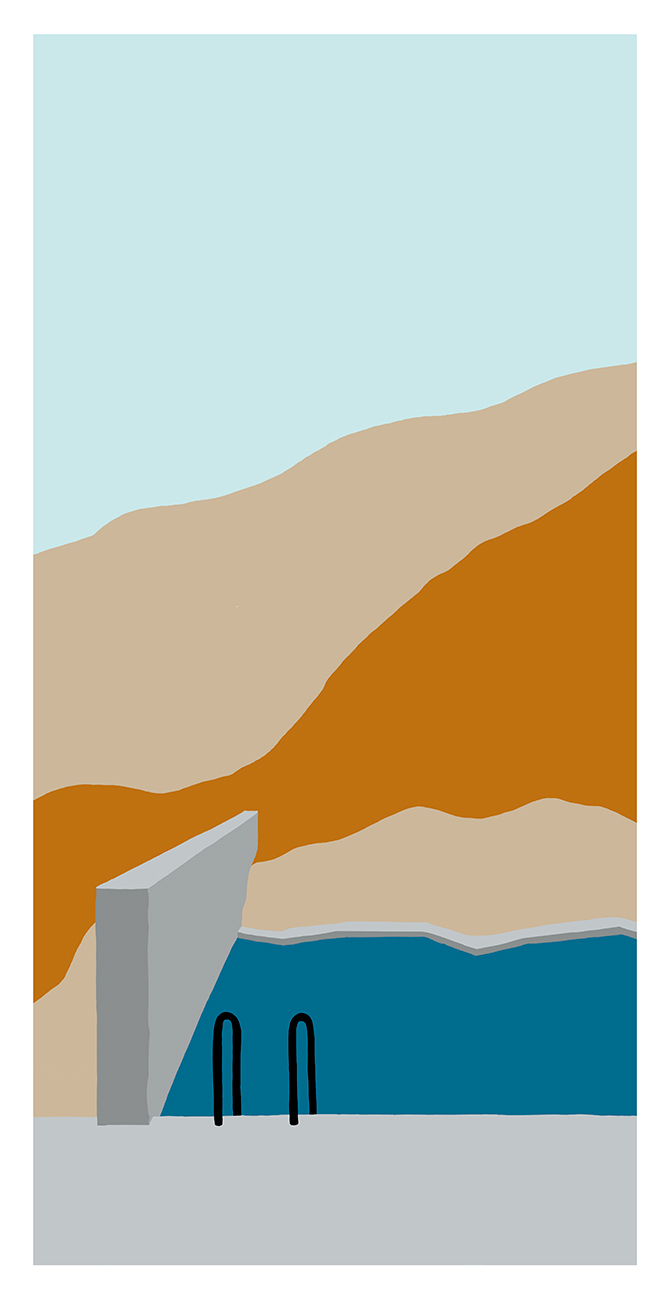20/034
Alejandro López Ramos
Architect
Tenerife
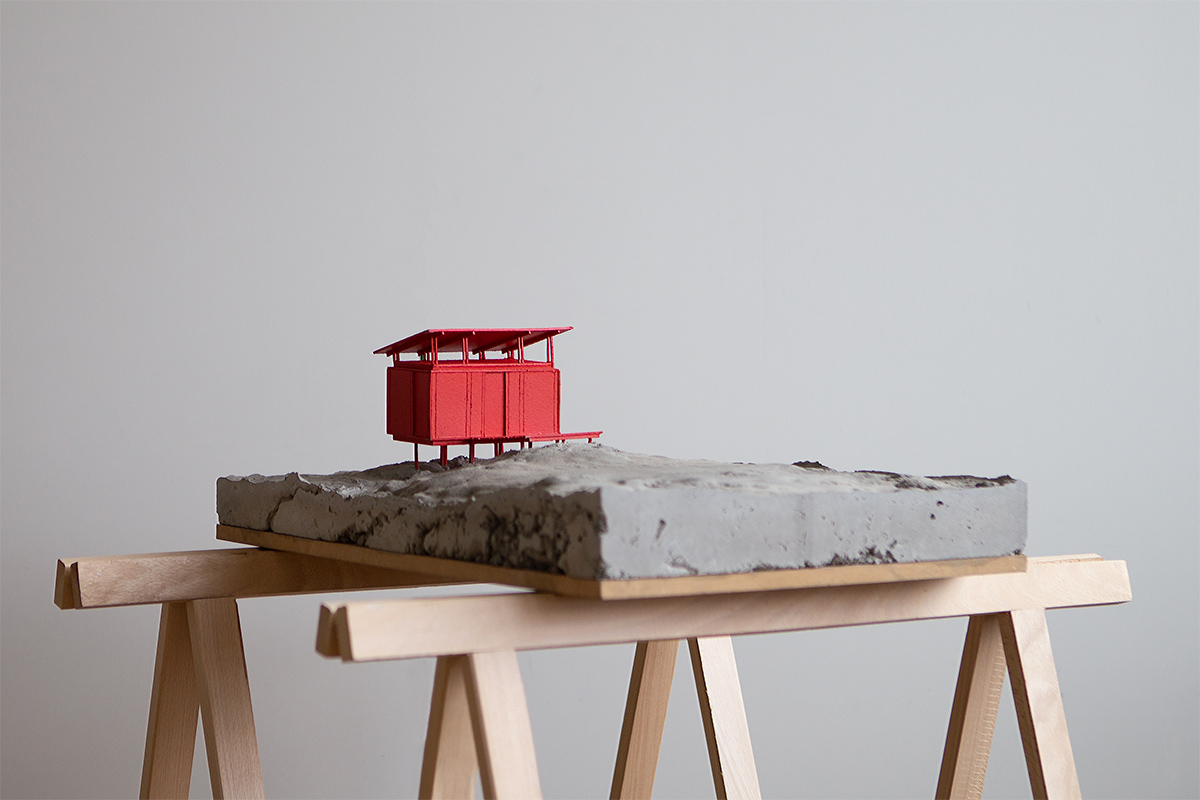
«The essence of architecture for me is simply space.»
«The essence of architecture for me is simply space.»
«The essence of architecture for me is simply space.»
«The essence of architecture for me is simply space.»
«The essence of architecture for me is simply space.»
Please, introduce yourself…
My name is Alejandro López Ramos and I am a spanish architect. I was born in Tenerife, a beautiful island in the Canary archipelago. Here, I attended the german school and moved to Germany in 2012 to study architecture at the Technical University in Dresden (TU Dresden), receiving my diploma a few months ago. Currently, and due to the situation we are experiencing, I am back at home enjoying a kind of sabbatical time and dedicating myself to practicing things that I never had much time for – painting, drawing, reading and practicing yoga.

Alejandro López Ramos
How did you find your way into the field of Architecture?
I suppose the easiest answer would be the fact of my father having a construction company and that experiencing the building sites from a young age has been the reason I have opted for this profession.
However, I don't think the answer is that simple. It may be that indeed these experiences in my childhood have had some kind of influence, but I think that there was some previous interest in space and construction to opt for this profession so clearly from a young age.
What comes to your mind when you think about your time at the university?
Although I intuit that the question tends more towards my purely academic memories, the first thing that comes to mind is the people I have met and who today I can count as great friends. People with whomI have sometimes learned more about this profession and about life than with university lessons.
How would you characterize Tenerife as a location for practicing architecture?How is the context of this place influencing your work?
Tenerife is a very interesting place for an architect. Despite not having a public architecture school of its own, the possibilities for inspiration are very varied. Obviously not so much at the cultural and artistic level of large cities but at the natural and urban one. The nature of Tenerife is mainly characterized by its diversity, which ranges between subtropical forests and large volcanic deserts. On the other hand, its picturesque colonial villages that still maintain the charm of the past and its cities offer a very interesting urban look.
Tenerife is currently also kind of a study object for me. Or something like that. The social change that is happening in terms of tourism fascinates me. Especially as an architect. Fewer and fewer tourists visiting the island opt for the already almost obsolete all-inclusive tourism model. Many now seek closeness to the local culture and landscape. I find it extremely interesting to observe how this fact will shape the future tourist expansion and how the south of the island, nowadays full of hotels, will adapt urbanistically to the new reality.
It is for all the above that I believe Tenerife is an ideal creative setting where to experiment with ideas for the future and where to seek inspiration for the present.
What does your desk/working space look like?
Honestly right now I do not have a working space as such. I just sit outside in the garden under the palm trees. It is the perfect place to read, draw or just letting your mind go.
For you personally, what is the essence of architecture?
The essence of architecture for me is simply space. There is no space without architecture nor architecture without space. During the creative process there is also a lot of discussion and thinking about materials, construction, use or the site but in the end everything goes back to the space and how these other aspects affect it.
The resulting space is the compendium of all these elements and the raison d'être of architecture. It is, in addition, the most intangible aspect of architecture but the one that still relates more to the human. It is what we feel about architecture.
Which material fascinates you at the moment?
Rattan and wicker. Two materials, traditionally used in the construction of furniture, which have also found their use in contemporary architecture thanks to their ability of adopting a wide variety of complex shapes and their sustainable nature.
Whom would you call your mentor?
I do not think I can name a single person as a mentor. In fact the idea of having a single mentor seems unreal to me. I think that anyone who surrounds themselves with others with whom they share time or just a simple conversation might consider they already have several mentors. Even an experience can be considered a mentor in a sense.
Despite all this, I think that if I had to name some people from whom I think I have learned a lot, I would have to mention my experience with Conen-Sigl Architekten and the project I did with them during a semester at TU Dresden. My vision of architecture, its representation, its essence and the profession in general was radically enriched.
Name a…
Book: Donis A. Dondis - A Primer of Visual Literacy
Building: Javier Díaz-Llanos La-Roche& Vicente Saavedra Martínez- Sede del Colegio Oficial de Arquitectos de Tenerife
How do you communicate / present Architecture?
Well, it depends on many factors. Each project asks for something different. I always try to follow what the project “tells me” it needs. Each type of representation has its advantages and disadvantages. A render for example works very well to quickly show an ideato a client; but it almost always loses the sensitivity that a handmade illustration or a good modelphoto brings - which is totally crucial to tell other projects and its stories.
For my final project, for example, I opted for freehand digitally painted images with flat colors. This helped me a lot to let the sensitivity flow that the project needed through the process. It was not important to show realistic images of my vision, it was about conveying feelings.
What has to change in the field of Architecture ? How do you imagine the future?
As I have already mentioned, I believe that the essence of architecture is space. This will not change. A good space will always be a good space and I am convinced that if this is fulfilled the function it houses can vary easily adapting to the future while maintaining that quality.
By this I am not saying that the result justifies the means, since many other aspects such as sustainability will grow in importance in the future and can not be ignored. The compromise between creating a space that is coherent but also satisfies the necessary environmental requirements must be sought from now on.
Your thoughts on Architecture and Society?
It seems to me that although many people believe that architecture has nothing to do with them, itsurrounds us all, transforming itself into an artificially created framework in which society moves and interacts. It is a context which manipulates our collective actions.
Project
A new future –Tenerife
Masterthesis
2019
Tenerife is the largest island in the Canary Archipelago, off the west coast of Morocco. Due to its mild weather, its scenery and beaches can be enjoyed all the year round. It is a popular destination for tourists.
The duality between local and tourist cities generates various social and urban problems on the island, endangering social cohesion and sustainability. Both, commuters traveling to tourist spots in the south and public services concentrating in the local areas generate serious problems to the rest of the territory. The lack of social relationship between the tourist and local reality is an important issue. On the other hand, a forthcoming problem has to be highlighted, it is the inability to adapt the current hotel infrastructures to new models where a greater approach to local culture is sought.
The uncontrolled tourist expansion has not taken into account the essence of the site. The south of Tenerife is characterised by being an almost desert area, with a large presence of volcanic soil and endemic species. However, the hotels have created paradise golf courses and tropical gardens that have distorted the landscape. This depersonalisation of the territory has serious ecological consequences and contributes to the fact that locals do not feel identified with these areas.It would be too idealistic to think of reducing tourism as a solution to these problems, since this would lead to many other economic difficulties for the island. That is why this project aims at finding an alternative proposal for tourism, not its replacement.
The proposal is based on four main pillars: reusing the pre-existing architecture and infrastructure, giving the landscape more importance, creating light architecture for new uses and, finally, creating landmarks in the landscape which add value to the area.
Eduardo Chillida’s words about one of his works in the Basque Country are taken as an important leitmotif of the project: “This place is the origin of everything. He is the true author of the work. All I did was find it. The wind, the sea, the rock, all of them intervene decisively. It is impossible to do a work like this without taking into account the environment. It is a work that I have done and that I have not done.”- Eduardo Chillida
After analysing the infrastructure and buildings, it is determined that their re-use is possible, without any damage to the landscape and maintaining the architectural values of the leprosy. Existing tracks and roads are used and become the project’s internal access network. Pre-existing buildings are assigned to their new uses according to their status, typology and position.
Instead of bulky constructions which interfere with the landscape, small elevated structures are proposed. These are scattered all across the area and each contains a hotel room. This system allows more flexibility in construction and disassembly, if needed. It also offers guests more privacy and closer contact to nature.
This project is not intended to show a unique response to the tourism problem on the island, since the proposed interventions are conditioned by a very specific context. It tries to demonstrate that only thanks to a specific analysis and understanding of the site can interventions be carried out which respect the local landscape and culture, but also allow tourist use.
Photo Credits: © Alejandro López Ramos
Interview: kntxtr, kb, 09/2020
Photo Credits: © Alejandro López Ramos
Interview: kntxtr, kb, 09/2020
